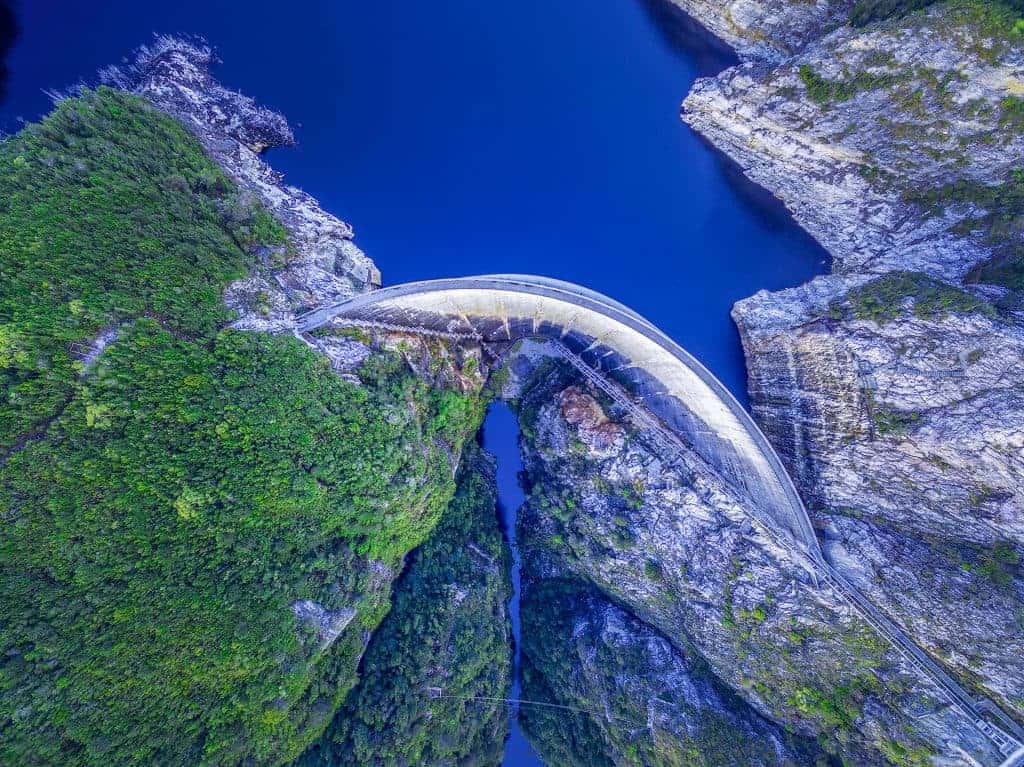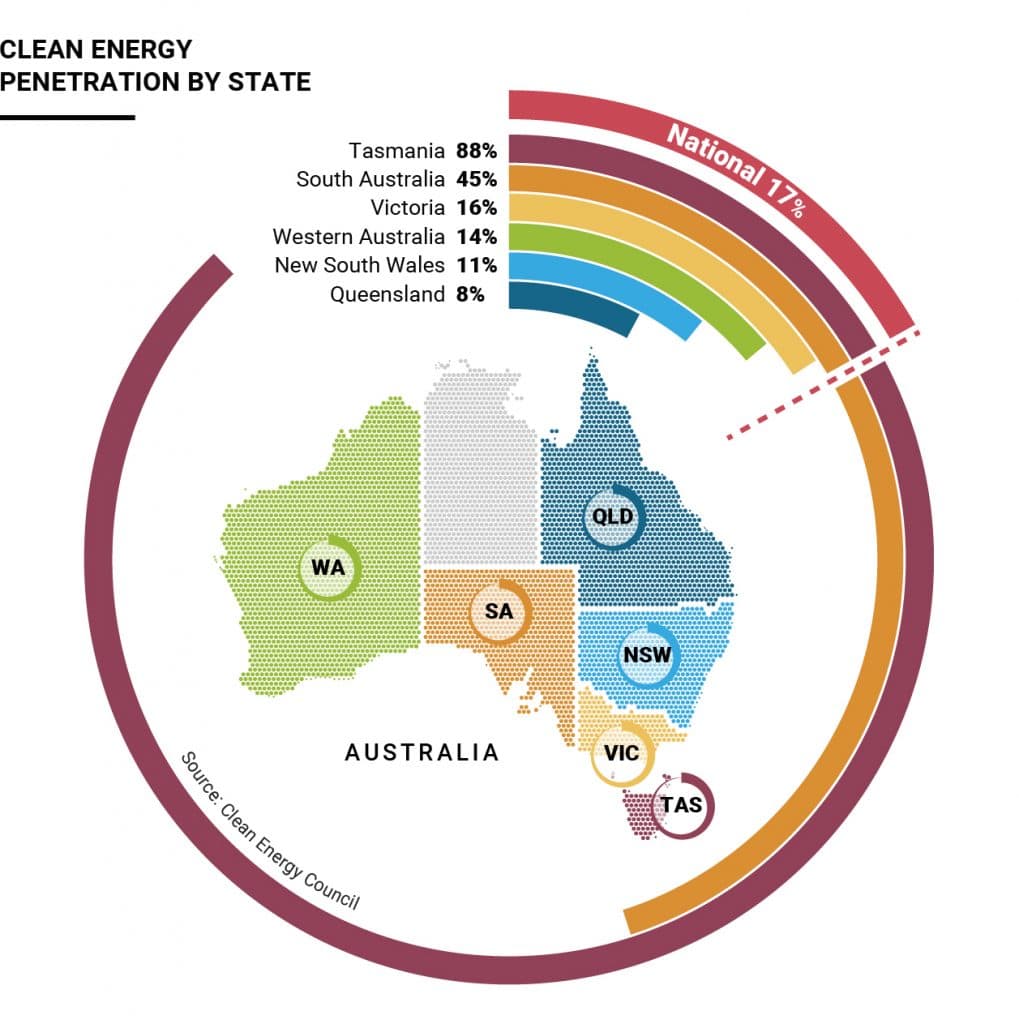
Australia’s recently announced Snowy 2.0 hydropower project will join a series of Pumped Storage Hydropower (PSH) plants already under construction in five states that would help triple the country’s storage capacity in renewable energy, according to a study published on March 25 by Jamie Pittock, a professor at the Australian National University.
«We are talking about more than 20 projects being assessed or built», explained Pittock on the university’s website. «This would put us in the national grid that could rely almost entirely on renewables».
This ability to store electrical power will turn some of Australia’s states into “batteries of the nation”. Take for example the case of Tasmania, where an ambitious AU$5 billion (US$3.7 billion) plan calls for the construction of new energy production and storage facilities that will be used to supply the rest of the country. This is also the ultimate goal of the state of New South Wales, where the Snowy Mountains Hydro-electric Scheme has a proven track record and will pave the way for the creation of Snowy 2.0.
Australia’s hydroelectric production is concentrated in these two states, while the total number of hydro plants reaches 120 across the country. This is a large number, but it has not yet reached the critical mass necessary to accomplish Australia’s ambitious goal of transforming its energy sector. According to the Clean Energy Council Renewable Database, in 2017 hydroelectric plants produced 12,920 GW, or 33.9% of total renewables, but only 5.74% of the total energy produced in the country.
Investments in hydroelectric power
In addition to the 20 projects either under evaluation or under construction that were reported by Pittock, Australia has invested heavily in other ways in recent years to increase its clean energy production. According to the 2018 “Clean Energy Australia Report” (created by the Clean Energy Council, an association that brings together the main players in the clean energy sector) in 2017 there were 16 renewable energy plants completed, and another 34 were completed in 2018. And the report has calculated investments in the sector were US$9 billion in one year, creating 6,080 direct jobs.
This huge economic and industrial push is part of a long-term goal by federal and state governments, every one of which has put in place energy transformation policies. They all have a common goal: significantly increasing Australia’s clean energy production in the coming years.

The clean energy goal
The race for green energy takes different paths, while maintaining a common goal. In fact – according to calculations by the Energy Change Institute of the Australian National University – 50% of the energy produced by 2025 in Australia could be from clean sources, a percentage that could reach 100% by 2030. These optimistic calculations, however, depend on maintaining the pace of installation of clean energy plants achieved in recent years. The Clean Energy Regulator says Australia will install plants capable of producing 10,400 MW of renewable energy between 2018 and 2019. This would enable the country to reach an average per capita of 224 watts of renewable energy per year, among the highest in the world.
This enormous effort will also help Australia become one of the countries closest to meeting the targets set by the Paris agreement on climate change. And, in fact, if it continues along this path, harmful emissions will fall 26% between 2020 and 2021 in the energy sector alone, a goal that will be achieved in all economic sectors by 2024-2025.
To meet these goals, storage and pumping systems such as Snowy 2.0 are becoming increasingly important and will be capable of managing energy produced from renewable sources by transferring it to businesses when needed.
The “green revolution”
Several projects have been launched in recent months to support what the government itself has called a “green energy revolution“.
On the whole, they differ greatly from one another, ranging from large investments for the construction of huge plants to protocols signed with universities to study innovative technologies. One of the most unusual was signed by the Department of Environment and Energy and supported through the “Mission Innovation Champions Program”.
The program provides support to individuals who have developed projects or ideas to accelerate the Australian “green revolution”. The primary objective is to reward researchers at a university, a laboratory or even a private company who have launched innovative technologies in the sector. This is also part of the sharing strategy supported by Arena (Australian Renewable Energy Agency), the government agency for sustainable energy, which, from solar to wind, from electric cars to hydro, supports projects spread across the country and aimed at making the “green revolution” really happen.

